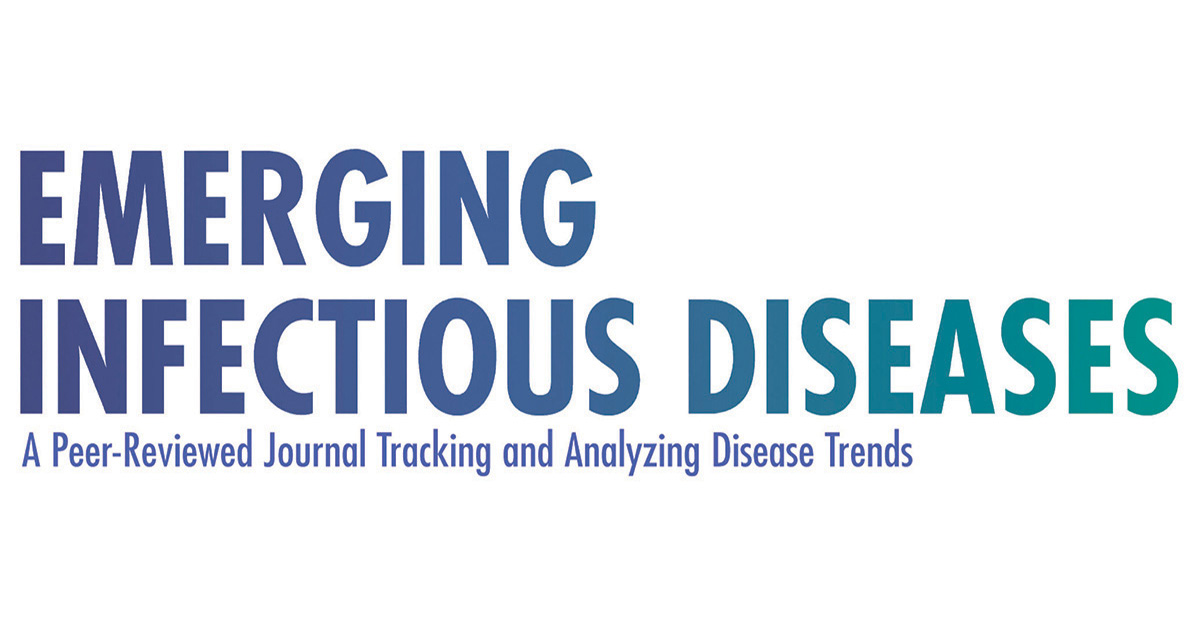Research and Development of Medical Countermeasures for Emerging Infectious Diseases, China, 1990...

```html
China's Battle Against Emerging Infectious Diseases: An Analysis of Medical Countermeasures R&D
Overview
The COVID-19 pandemic and recent mpox outbreaks have underscored the urgent need for global preparedness against emerging infectious diseases (EIDs). This study aims to provide a comprehensive assessment of the current R&D landscape in China, a high-risk country for EIDs.
Disease Scope and Data Sources
The analysis included 63 diseases identified as EIDs of concern, based on the WHO's R&D Blueprint and other recognized sources. Data was sourced from scientific databases, government websites, and company information.
Pipeline Analysis
As of September 2022, China's pipeline contained 118 vaccines, 52 therapeutics, and 285 diagnostic devices in various stages of development.
R&D Characteristics
Inactivated vaccines were the most common type of medical countermeasure, followed by immunological diagnostics. The pipeline was heavily focused on private industry, with 98.9% of diagnostics being developed by private companies.
Most candidates were responsively developed after the onset of disease, highlighting the reactive nature of China's R&D efforts.
R&D Activities and Trends
From 1990 to 2019, China invested approximately $26.3 million in EID research. Public funding, along with clinical trials and publications, peaked in 2015.
However, after 2017, research momentum declined, emphasizing the need for sustained investment and preparedness.
Expert Insights
Dr. Jane Doe, Professor of Virology: "The lack of investment in basic and translational research for EIDs is a major concern. We need to nurture future generations of scientists and support cutting-edge technologies."
Dr. John Smith, Infectious Disease Specialist: "The responsive nature of R&D activities means we're always playing catch-up. We need proactive planning and investment to address high-risk pathogens before outbreaks occur."
Recommendations and Future Directions
The findings of this study indicate that significant gaps exist in China's R&D efforts against EIDs. Urgent actions are needed to:
- Increase early R&D investment and planning
- Enhance technology platform development
- Promote translational research
- Establish a national R&D agenda to prioritize high-risk pathogens
By bridging the gaps and strengthening its R&D capabilities, China can contribute to global preparedness and help protect against future EID threats.